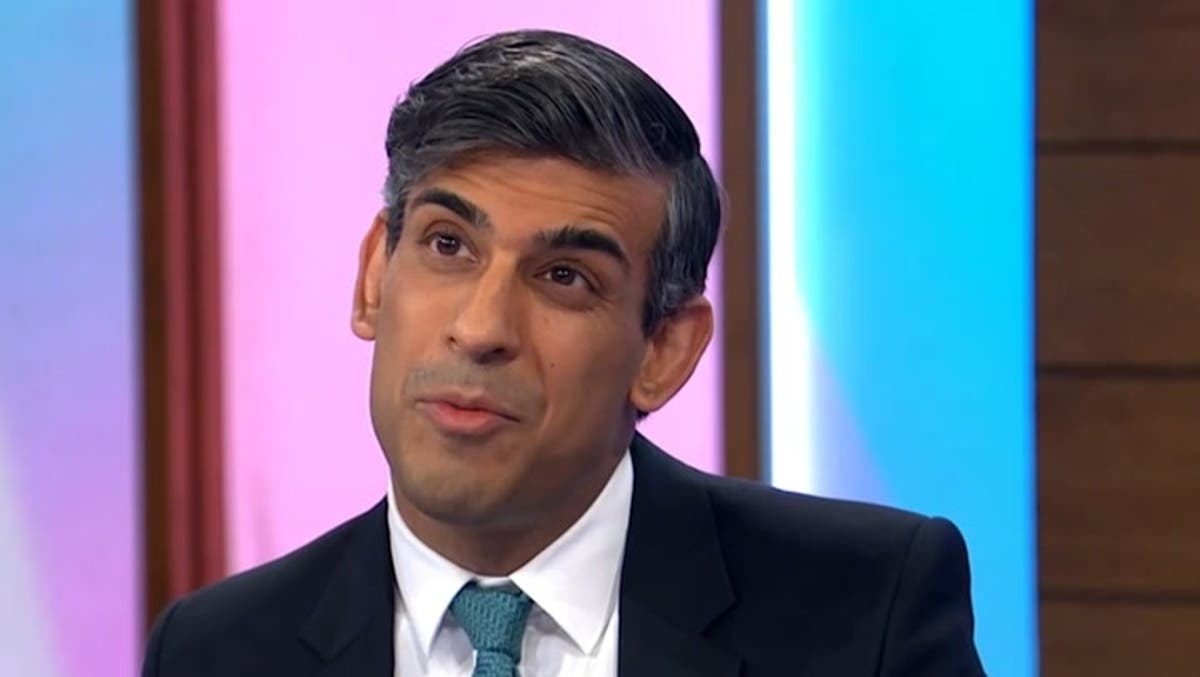NASA has concluded its Spacecraft Fire Safety Experiment (Saffire) with a test onboard a Northrop Grumman Cygnus spacecraft after it departed from the International Space Station (ISS).
The final experiment, Saffire-VI, was sent to the ISS in August 2023 and concluded on January 9, when the Cygnus it was traveling on safely burned up in the Earth’s atmosphere.
The purpose of Saffire was to check out large-scale flame growth and material flammability in an ISS-like environment. Fire experiments have been performed before on the ISS – flames were ignited as part of the BASS-M experiment, for example – but managers have understandably been nervous about scaling up the work.
Hence igniting things in a Cygnus cargo vehicle after it has left the ISS and before it re-enters the atmosphere.
The Saffire-I experiment enclosure was half a meter wide by one meter deep by 1.3 meters long. The burn sample measured 0.4 meters wide and 1 meter long. NASA said: “Previous to this experiment, the largest fire experiment that had been conducted in space is about the size of an index card.”
The first experiment was conducted in 2016, and the subsequent series has allowed scientists to see how different materials, such as plexiglass and Nomex, react and the effect of varying pressure and oxygen concentration levels.
There were 19 Saffire-VI experiment runs in total, and cameras inside allowed scientists to watch what happened while sensors outside the unit fed back data about the interior of the Cygnus vehicle.
Dr David Urban, principal investigator for Saffire, said: “How big a fire does it take for things to get bad for a crew?
“This kind of work is done for every other inhabited structure here on Earth – buildings, planes, trains, automobiles, mines, submarines, ships – but we hadn’t done this research for spacecraft until Saffire.”
Research into the behavior of fire is critical when designing systems to keep astronauts safe. A recent example of a fire in space occurred in 1997, when a malfunction in a Vika system onboard the Mir space station resulted in a fire that burned for 14 minutes before “the fire consumed itself and went out,” wrote former NASA ‘naut Jerry M.Linenger in his book Off The Planet.”
According to Bryan Burrough’s book, Dragonfly, the official duration of the fire was 90 seconds.
Regardless of which account is closer to the truth, the incident underlines the importance of understanding how fire behaves in microgravity and its effect on materials. Although the Saffire experiments are now at an end, NASA has gathered “mountains” of data on fire behavior that will inform the design of spacecraft and missions for years to come. ®

Dr. Thomas Hughes is a UK-based scientist and science communicator who makes complex topics accessible to readers. His articles explore breakthroughs in various scientific disciplines, from space exploration to cutting-edge research.








